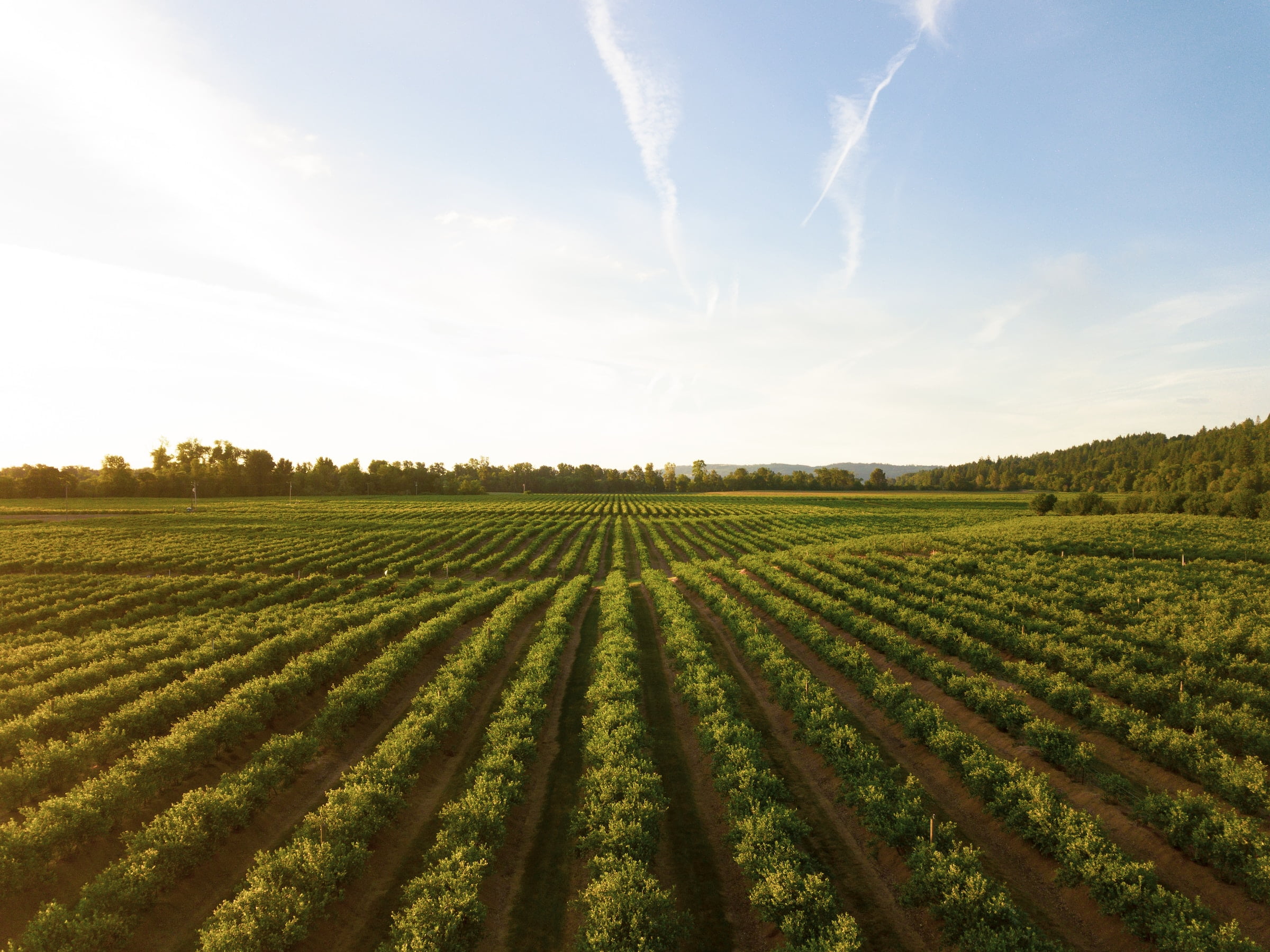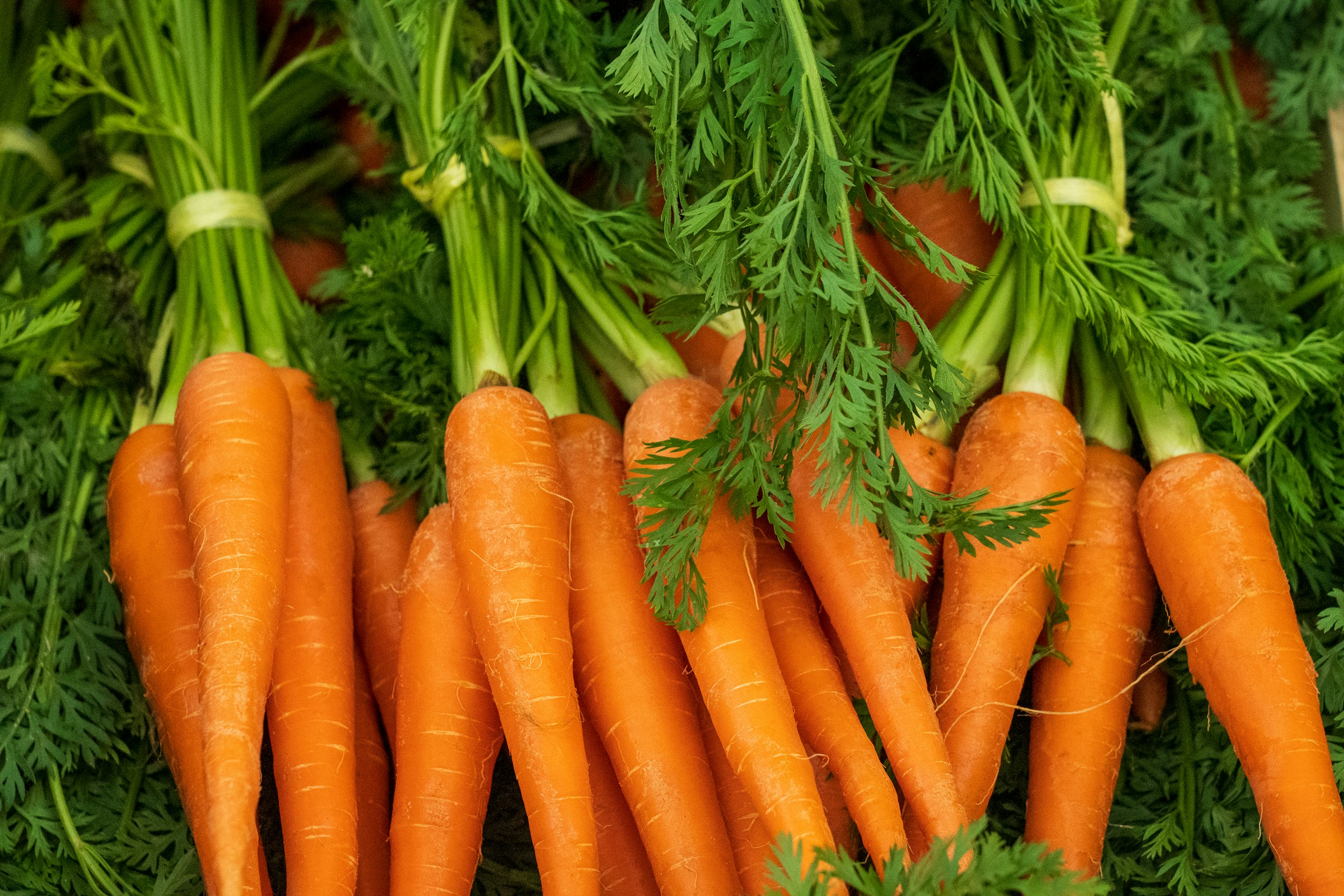In a world where climate change and environmental degradation are increasingly pressing concerns, regenerative agriculture has emerged as a beacon of hope for a sustainable future.
This innovative approach to farming is capturing the attention of farmers and environmentalists alike and transforming the way we think about food production. So, what is regenerative agriculture, and why is it making waves in the agricultural world?

What is Regenerative Agriculture?
Regenerative agriculture has been gaining traction in recent years as a sustainable and environmentally friendly approach to farming. But what exactly is it?
In essence, regenerative agriculture is a conservation and rehabilitation approach to food and farming systems that focuses on topsoil regeneration, increasing biodiversity, improving the water cycle, enhancing ecosystem services, supporting biosequestration, increasing resilience to climate change, and strengthening the health and vitality of farm soil.
The global regenerative agriculture market is estimated to be worth $8.7 billion in 2022 and is projected to reach $16.8 billion by 2027; this approach is more than just a passing trend.
The Core Principles of Regenerative Agriculture
Topsoil Regeneration
Healthy topsoil is the foundation of regenerative agriculture. Farmers can improve crop yields, reduce erosion, and enhance water quality by focusing on rebuilding and maintaining soil health. It can be achieved through no-till farming, cover cropping, and composting.
Biodiversity
Increasing biodiversity is a key aspect of regenerative agriculture. By promoting a diverse range of plant and animal species, farmers can create more resilient ecosystems that are better equipped to handle pests, diseases, and climate change.
Water Cycle Improvement
Regenerative agriculture practices can help improve the water cycle by reducing runoff, increasing water infiltration, and enhancing water quality. It benefits the environment and helps farmers better manage their water resources.
Ecosystem Services
By focusing on the entire ecosystem's health, regenerative agriculture can provide a range of benefits, such as pollination, pest control, and nutrient cycling. These services are essential for maintaining productive and sustainable farming systems.
Examples of Regenerative Agriculture Practices
- No-till or reduced-till farming: This practice involves planting seeds directly into the soil without disturbing it through plowing, which helps maintain soil structure and reduces erosion.
- Cover cropping: Planting cover crops helps protect the soil from erosion, suppress weeds, and improve soil fertility.
- Composting: Adding compost to the soil can improve its structure, increase nutrient availability, and support beneficial soil organisms.
- Crop rotation: Rotating crops can help break pest and disease cycles, improve soil fertility, and increase biodiversity.
- Agroforestry: Integrating trees and shrubs into farming systems can provide shade, improve soil fertility, and sequester carbon.
The Power of Regenerative Agriculture: Benefits and Impacts
Regenerative agriculture offers a range of benefits for farmers, the environment, and society. Some of these benefits include:
- Improved soil health and fertility, leading to increased farm productivity.
- Production of nutrient-dense foods that are free from chemical contaminants.
- Enhanced water quality and quantity, benefiting both the environment and farmers.
- Increased carbon sequestration, helping to mitigate climate change.
- Strengthened local economies and communities through sustainable farming practices.
Frequently Asked Questions:
Are there any drawbacks to regenerative agriculture?
While regenerative agriculture offers many benefits, it may require more labour and management than conventional farming practices. However, the long-term benefits of improved soil health, increased biodiversity, and reduced environmental impacts often outweigh these challenges.
Is regenerative agriculture the same as organic farming?
While both approaches share some similarities, regenerative agriculture goes beyond organic farming by focusing on the health of the entire ecosystem, including soil, water, and biodiversity.
Is regenerative agriculture the same as organic farming?
While both approaches share some similarities, regenerative agriculture goes beyond organic farming by focusing on the health of the entire ecosystem, including soil, water, and biodiversity.
The Bottom Line:
In conclusion, regenerative agriculture is a powerful approach to farming that offers numerous benefits for the environment, farmers, and society as a whole.
By focusing on the entire ecosystem's health and employing sustainable practices, regenerative agriculture can help create a more resilient and sustainable food system for future generations. So, the next time you're at the grocery store or farmers market, consider supporting regenerative agriculture and help shape the world your children will inherit




